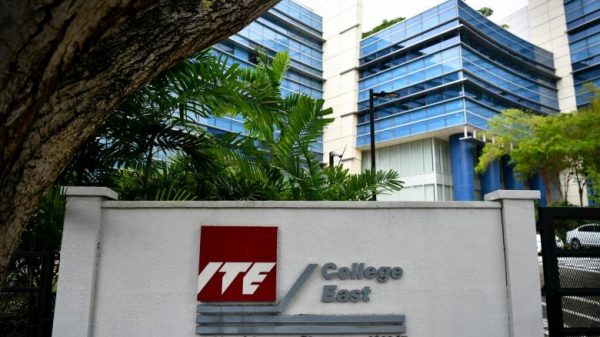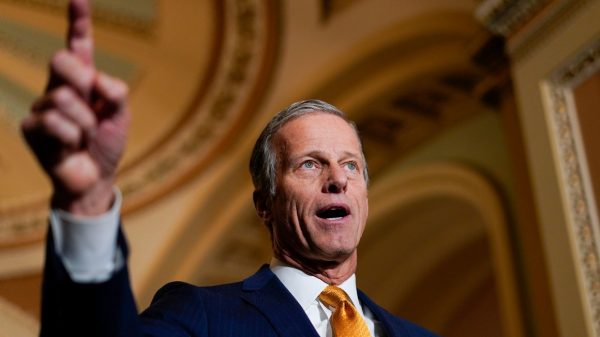Congress’s recent deal to lift the government borrowing limit has eased distortions in the short-term Treasurys market—a partial reprieve that is likely to prove fleeting, according to investors and analysts.
Before lawmakers reached a stopgap deal to lift the debt ceiling earlier this month, their standoff over the issue had skewed the bond market in two different ways.
First, yields had climbed on a handful of Treasurys because investors were nervous that the government would run out of cash and not be able to repay them on schedule. Second, yields had fallen on other bonds because the Treasury Department had slowed its short-term borrowing in an effort to push off hitting the ceiling. That created a shortage of short-term Treasurys relative to the tremendous demand for the securities.
Now, the market is less distorted but still not normal, investors and analysts said.
Typically, investors demand higher yields for Treasurys with longer maturities to compensate for the risk that inflation could accelerate or that the Federal Reserve could raise interest rates. This applies even to the shortest-term debt—securities known as bills that carry maturities of one year or less.
As of Tuesday, though, a bill due on Dec. 30 was yielding 0.096%. That was higher than the yields on bills maturing as much as eight months later, if not quite as high as the 0.15% level that some bills maturing in October reached earlier this month before the debt limit agreement.
Meanwhile, the Treasury has already ramped up its short-term borrowing, increasing the supply of bills and easing the downward pressure on bills that are considered less at risk of default. In late September, a bill due on March 3, 2022 yielded 0.030%, which is extremely low given that investors can earn a 0.05% rate from the Fed through its overnight reverse repo facility. On Tuesday, the bill was back to yielding 0.053%.
Some analysts, though, warn that net new supply of Treasury bills is likely to start falling again in a matter of weeks and turn negative by December, reducing the outstanding volume of bills and once again squeezing investors.
The debt limit agreement that President Biden signed into law on Oct. 14 increased the government’s borrowing limit by $480 billion. That would allow the U.S. to pay its bills through Dec. 3, according to the Treasury, though many analysts think the government wouldn’t run out of cash until at least a few weeks later.
Political machinations over the debt ceiling have only added to the pressure on investors and managers of funds that buy Treasury bills, such as money market funds.
Demand for Treasury bills was already strong before the pandemic—partly thanks to Securities and Exchange Commission regulations that caused many businesses and individuals to effectively shift their cash from short-term corporate debt securities into government debt. Massive amounts of bond buying by the Federal Reserve since the pandemic began has further added to demand by pumping trillions of dollars into the financial system.
SHARE YOUR THOUGHTS
Do you expect there to be another shortage of Treasury bills this year?
Meanwhile, the volume of outstanding Treasury bills had fallen to roughly $3.7 trillion at the end of last month from about $5 trillion at the start of the year.
Ultralow yields on Treasury bills has led to lower returns for individuals and businesses looking for a safe place to put their cash. It also has hurt the managers of money market funds, who have been forced to cut fees so that clients can avoid losing money.
“There is just not enough T-bill supply out there,” said Peter Yi, head of short duration at Northern Trust Asset Management.
In fact, the shortage of Treasury bills may be one reason why the Fed is preparing to scale back its bond purchases, he said. The scarcity of bills is leading to yields so low that many investors are preferring to park their cash at the Fed’s reverse repo facility—suggesting that a portion of the money that the Fed is pumping into the financial system is coming right back to the central bank.
“We think that’s just another reason why the Fed is so eager to start its tapering program, because its effectiveness has really diminished,” Mr Yi said.
Copyright ©2021 Dow Jones & Company, Inc. All Rights Reserved. 87990cbe856818d5eddac44c7b1cdeb8













































